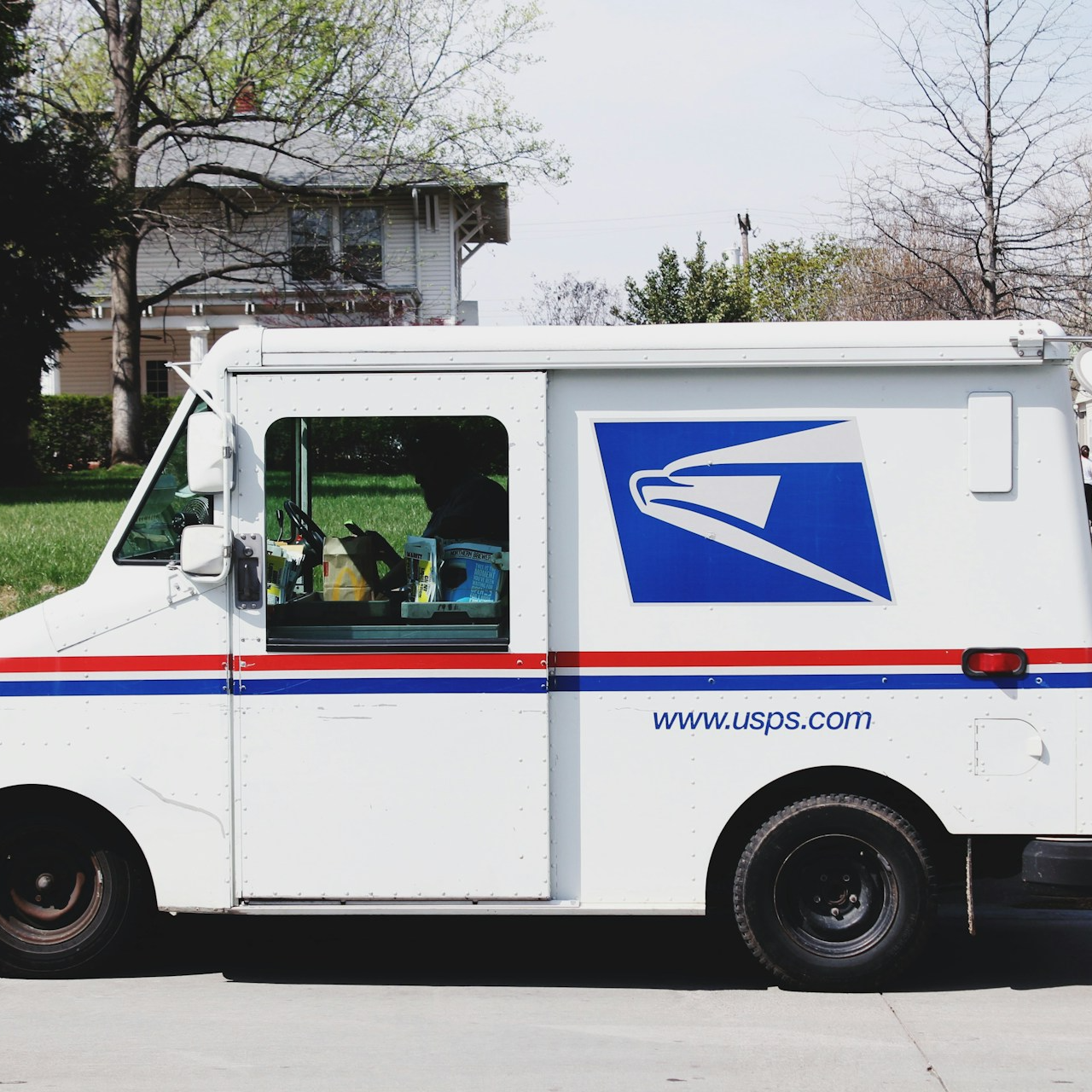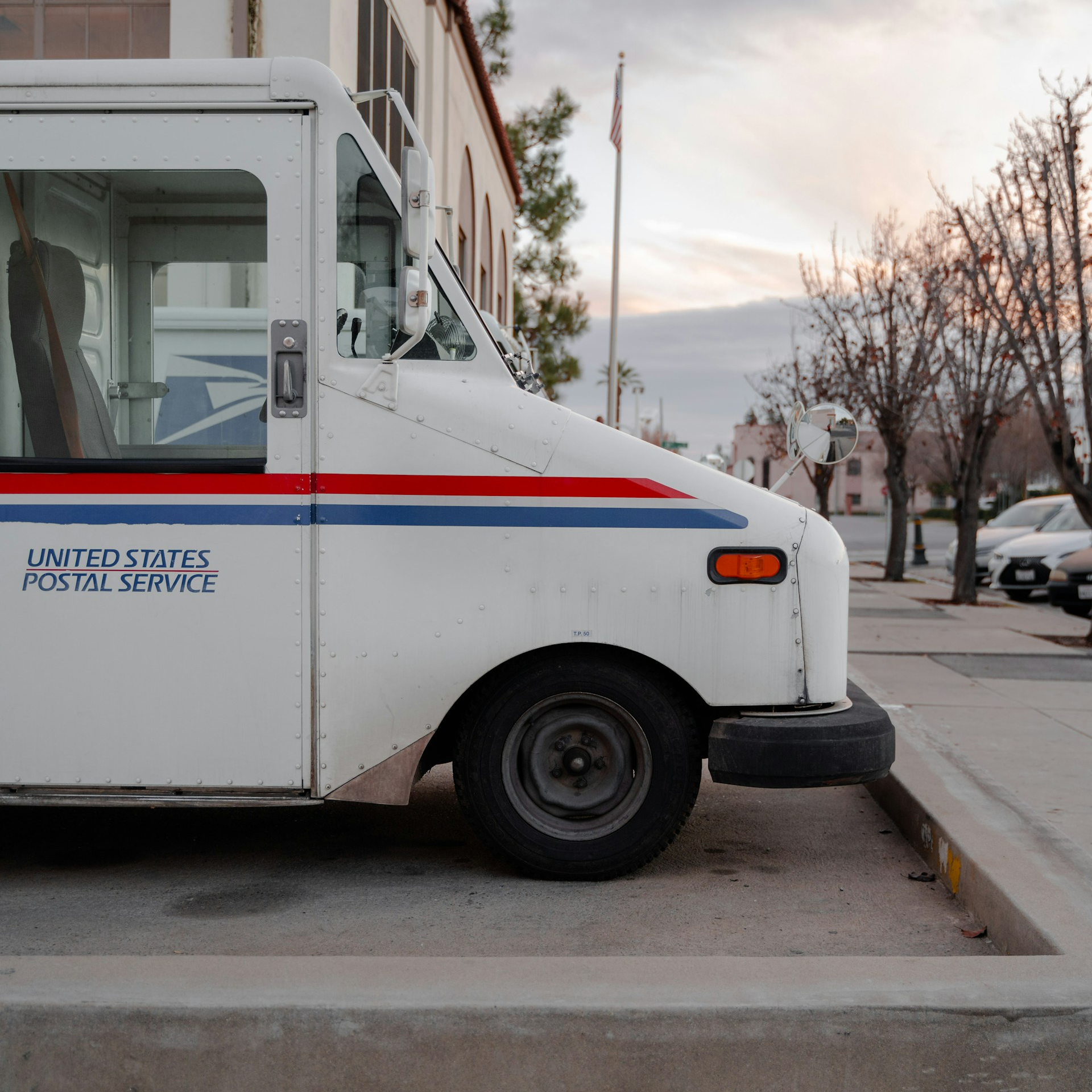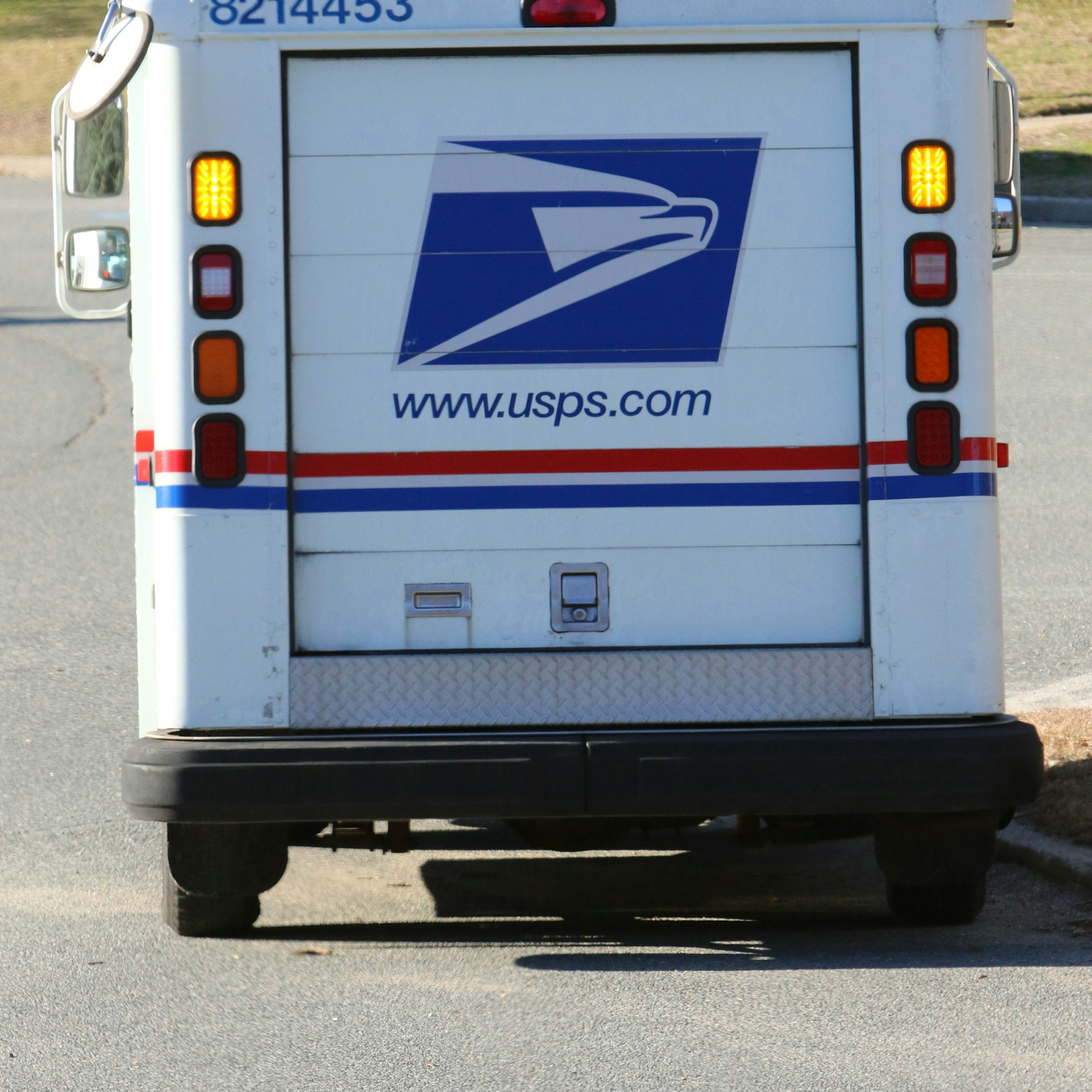Key Takeaways:
-
The Postal Service Health Benefits (PSHB) Program replaces the Federal Employees Health Benefits (FEHB) Program for postal workers in 2025, introducing significant changes to coverage and costs.
-
Understanding PSHB’s requirements, timelines, and benefits can help you make the most of this transition and ensure your healthcare needs are met.
A New Era for Postal Worker Healthcare
The Postal Service Health Benefits (PSHB) Program is now the primary healthcare system for postal workers and retirees, replacing the Federal Employees Health Benefits (FEHB) Program in 2025. If you’re a current USPS employee or retiree, this marks a critical shift in how you manage your health coverage. From new plan options to integration with Medicare, the PSHB brings plenty of changes—and it’s important to understand how they impact you.
Let’s break down what you need to know about this major transition and how it affects your benefits, costs, and coverage choices.
Why the Change to PSHB?
The shift to the PSHB program is part of broader reforms aimed at improving the financial stability of USPS while ensuring quality healthcare for its workforce. By creating a system tailored to the needs of postal employees and retirees, PSHB aims to:
-
Streamline health coverage options specifically for USPS workers.
-
Leverage Medicare integration to reduce long-term healthcare costs.
-
Provide more targeted benefits and cost-sharing arrangements.
This new program allows USPS to better align with its workforce needs while addressing healthcare affordability and sustainability challenges.
What Stays the Same?
Despite the change, some key aspects of your healthcare remain consistent:
-
The federal government continues to contribute approximately 70% toward premium costs, just like under FEHB.
-
Eligible family members, such as spouses and dependents, can remain on your plan.
-
Open Season still runs annually, providing you with a window to review and adjust your coverage.
Key Changes Under PSHB
1. Medicare Part B Requirement
One of the biggest changes under PSHB is the requirement for Medicare-eligible annuitants and their family members to enroll in Medicare Part B. If you retired before January 1, 2025, or were age 64 or older as of that date, you’re exempt from this requirement. For others, Medicare enrollment is crucial to maintaining PSHB coverage.
Medicare integration offers several benefits, including reduced out-of-pocket costs and access to prescription drug coverage through Medicare Part D Employer Group Waiver Plans (EGWP). However, Medicare Part B does come with a monthly premium, so it’s important to factor this into your budget.
2. New Plan Offerings
PSHB plans are tailored specifically for USPS employees and retirees. While they build on FEHB’s foundation, these plans may have:
-
Adjusted premiums based on USPS’s unique needs.
-
Lower deductibles and copayments for Medicare enrollees.
-
Enhanced cost-sharing options for prescription drugs and in-network services.
3. Simplified Administration
With USPS-specific plans, the administration of healthcare benefits is more streamlined. This reduces complexities and potential delays, making it easier for you to manage your coverage.
How to Prepare for the Transition
Review Your Options During Open Season
The 2025 Open Season for PSHB runs from November 11 to December 13. During this period, you should:
-
Review plan brochures and compare coverage options.
-
Consider how Medicare integration affects your costs and benefits.
-
Confirm that your preferred providers and medications are covered under your chosen plan.
Evaluate Your Medicare Enrollment
If you or your family members are Medicare-eligible, enrolling in Part B is essential to maintaining your PSHB coverage. Be aware of timelines—enrollment periods can vary based on individual circumstances.
Understand Your Costs
While the government still contributes a significant portion toward premiums, your out-of-pocket costs may change. Be sure to consider:
-
Monthly premiums for your selected plan.
-
Deductibles, copayments, and coinsurance.
-
Medicare Part B premiums if applicable.
Gather Necessary Documentation
Ensure that you have all relevant documents ready, including your Medicare card if enrolled, personal identification, and any information about qualifying life events that might affect your eligibility.
Benefits of Medicare Integration
The integration of PSHB with Medicare Part B brings several advantages for eligible retirees and family members:
-
Lower Out-of-Pocket Costs: Medicare covers a significant portion of medical expenses, reducing your overall financial burden.
-
Prescription Drug Savings: With automatic enrollment in Medicare Part D EGWP, you gain access to more affordable medication options.
-
Comprehensive Coverage: Combining PSHB and Medicare creates a robust safety net, ensuring fewer gaps in your healthcare.
Special Considerations for Retirees
If you’re already retired or planning to retire soon, it’s crucial to understand how PSHB affects you:
-
Pre-2025 Retirees: If you retired before January 1, 2025, and are not enrolled in Medicare Part B, you can retain your PSHB coverage without enrolling in Medicare.
-
Post-2025 Retirees: Medicare enrollment is mandatory to maintain PSHB coverage for you and any Medicare-eligible family members.
Timeline and Deadlines
To stay on top of this transition, keep these key dates in mind:
-
January 1, 2025: PSHB officially replaces FEHB for USPS workers and retirees.
-
Open Season (2025): November 11 to December 13—review and select your plan.
-
Medicare Enrollment: If required, enroll during your Initial Enrollment Period or a Special Enrollment Period to avoid late penalties.
Common Questions About PSHB
What Happens if I Don’t Enroll in Medicare Part B?
If you’re required to enroll in Medicare Part B and fail to do so, you may lose your PSHB coverage. Be sure to enroll on time to maintain your benefits.
Can I Keep My FEHB Plan?
No. Starting in 2025, FEHB plans are no longer available to USPS employees and retirees. You must transition to a PSHB plan.
How Do I Access Plan Brochures?
Plan brochures and other resources are available online through the U.S. Office of Personnel Management (OPM). These provide detailed information about costs, benefits, and coverage.
Tips for a Smooth Transition
-
Start reviewing your options early. Don’t wait until Open Season to explore your choices.
-
If you have questions, contact your benefits office or the OPM for guidance.
-
Keep track of important dates and deadlines to avoid lapses in coverage.
What’s Next for Postal Worker Healthcare?
The introduction of PSHB represents a significant step forward for USPS’s healthcare system. By aligning healthcare options more closely with postal workers’ needs and leveraging Medicare integration, the program aims to provide comprehensive, affordable, and sustainable coverage. As you navigate this transition, staying informed and proactive will ensure you make the best decisions for you and your family.












